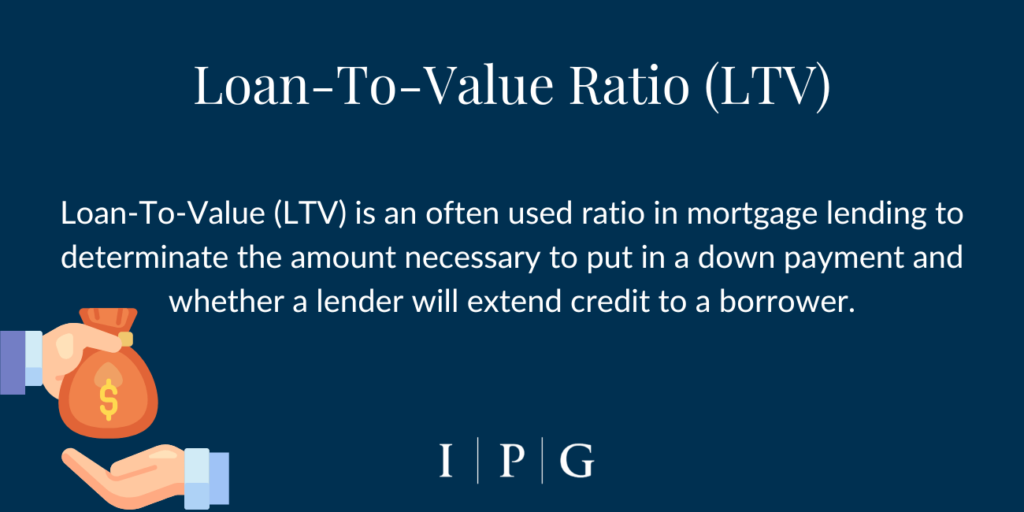From A to Z: A Guide to Commercial Real Estate Terms

Embark on a journey through the core of commercial real estate with our essential guide to commercial real estate terms. This clear, concise resource is designed to elevate your understanding, ensuring that whether you’re a seasoned expert or new to the field, you’re well-versed in the critical lingo that underpins every transaction.
Get ready to converse with assurance and navigate deals with expert insight—your alphabetical guide to commercial real estate language begins here.
A-Z Terms Overview
Dive into commercial real estate with our A-Z guide of essential terms. Tailored for investors and professionals alike, this resource clarifies jargon and links to detailed articles for deeper insights. It’s your directory for everything from ‘Anchor Tenant’ to ‘Zoning Laws’, simplifying the language of the industry into a convenient, comprehensive guide.
Anchor Tenant
A major draw for customers and a pivotal tenant in a shopping center or mall. The presence of a renowned anchor tenant can significantly enhance the value of a property and attract other lessees.
Break-even Point
The moment when income equals expenses, meaning the property generates enough revenue to cover its operating costs. Understanding this helps investors assess risk and potential profitability.
Capitalization Rate (Cap Rate)
A crucial metric used to determine the potential return on an investment, calculated by dividing the net operating income by the current market value of the property.
Dive deeper into cap rate calculations and their impact on investment decisions here.
Double Net Lease
A lease agreement where the tenant is responsible for both property taxes and building insurance, leaving the landlord responsible for structural repairs. This can be a favorable arrangement for both parties under the right circumstances.
Learn the ins and outs of double net leases and how they compare to other lease types here.
Equity
The difference between the current market value of a property and the amount owed on its mortgage. Equity builds over time as the mortgage balance is paid down and/or the property value increases.
Fair Market Value
The estimated price that a property would sell for on the open market between a willing buyer and seller.
Gross Lease
A rental agreement where the landlord pays all or most of the property expenses, which may include taxes, insurance, and maintenance, while the tenant pays a fixed rent.
Find out why some tenants and landlords prefer a gross lease structure here.
Highest and Best Use
The reasonably probable and legal use of vacant land or an improved property that is physically possible, appropriately supported, financially feasible, and results in the highest value.
Improvement Ratio
A comparison of the value of improvements to the land versus the total property value. This ratio helps determine how much of a property’s value is tied to the buildings or structures as opposed to the land itself.
Joint Venture
A business arrangement where two or more parties agree to pool their resources for the purpose of accomplishing a specific real estate project or investment.
Key Money
An upfront payment made by a tenant to a landlord to secure a lease, typically seen in highly competitive markets.
Loan to Value Ratio
A critical financial term used to measure the amount of a mortgage compared to the value of the property securing the loan. The LTV ratio is essential for assessing risk and determining the terms of mortgage approval.
For a detailed breakdown of LTV and how it affects your financing options, dive deeper here.
Master Lease Agreement
Often used in commercial real estate to control a property without owning it outright, this agreement allows for sub-leasing to multiple tenants. It’s a strategy for portfolio diversification and management efficiency.
To understand how a Master Lease can benefit your investment strategy, read our comprehensive guide here.
Net Operating Income
The lifeblood of property investment analysis, NOI represents the total income a property generates minus the necessary operating expenses. It does not include capital expenditures or debt service costs and is a precursor to calculating cash flow.
Find out how to maximize your property’s NOI with our expert insights here.
Occupancy Rate
A statistic that reflects the percentage of rented or used space compared to the total amount of available space. High occupancy rates often indicate a thriving property, but understanding the nuances can make a big difference in strategy.
Percentage Lease
This lease structure is common in retail, where a tenant pays a base rent plus a percentage of their revenue. It aligns the landlord’s interests with the tenant’s success and can drive property value.
Find out more about percentage lease and how it works here.
Quitclaim Deed
A legal instrument used to transfer interest in real property. The giver of the quitclaim, the grantor, provides no guarantees about the property title, making it less secure than a warranty deed but expedient in certain situations.
Real Estate Investment Trust (REIT)
A company that owns, operates, or finances income-generating real estate. Modeled like a mutual fund, REITs provide regular income streams, diversification, and long-term capital appreciation.
Subordination Agreement
An agreement between creditors that changes the priority of a debt. This is crucial in commercial real estate when refinancing or restructuring debt obligations.
Triple Net Lease
A lease agreement where the tenant agrees to pay all real estate taxes, building insurance, and maintenance (the three ‘nets’) on the property in addition to any normal fees that are expected under the agreement (rent, utilities, etc.).
For a deeper dive into NNN leases and their impact on your investments, visit our focused discussion here.
Underwriting
The process by which lenders assess the creditworthiness and risks associated with potential borrowers. In commercial real estate, underwriting is the foundation upon which financing decisions are made.
Vacancy Rate
Indicates the percentage of all available units in a rental property, such as an apartment complex, that are vacant or unoccupied at a particular time. It’s a vital indicator of property performance and market demand.
Warehouse Space
This term refers to large industrial properties designed for storage, distribution, and logistics operations. In today’s fast-paced e-commerce landscape, strategic warehouse placement can significantly influence a company’s operational efficiency.
Discover the intricacies of leasing and managing warehouse space and its increasing role in commercial real estate by clicking here.
Zoning
Zoning laws regulate the use of land and structures within a jurisdiction. Understanding zoning is crucial for developers, investors, and property owners as it dictates permissible use and development potential.
Mastering CRE Terms
Embarking on a commercial real estate venture can feel like navigating a labyrinth of terms and phrases. But with this primer, you’re well on your way to speaking the language like a seasoned professional. Remember, this is just the beginning—there’s a wealth of information behind each term that can empower you in your CRE endeavors.




